News
Avian Influenza: a major threat to our struggling seabirds
A new collaborative report, the HPAI Seabird Survey Report, reveals devastating impact of Avian Influenza.
Did you know that RSPB nature reserves make up more than 159,000 hectares of the UK? There are 222 of them, where a staggering 18,700 species make their home. Here’s how some breeding birds have been faring on RSPB reserves over the past year.
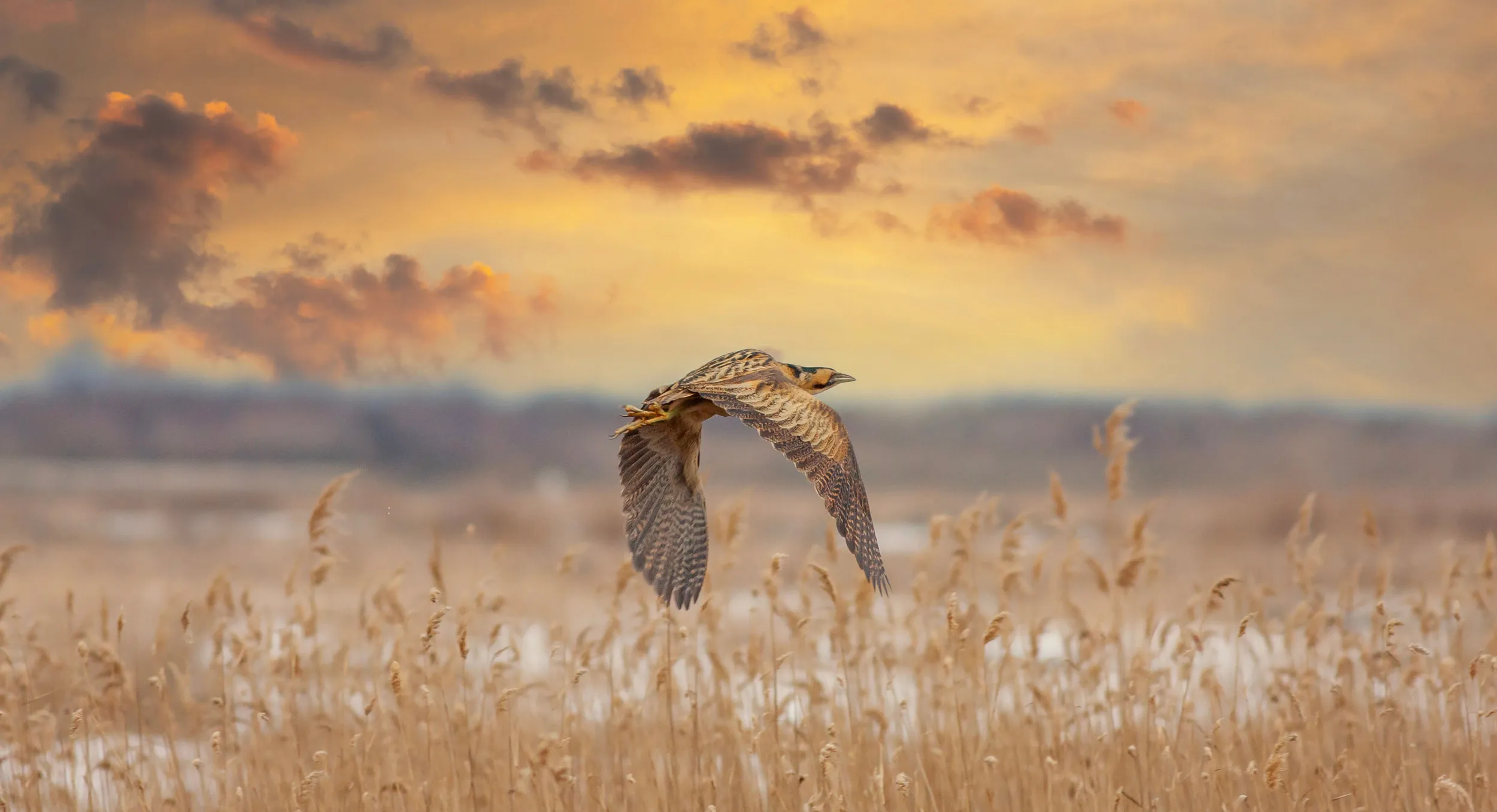
Capercaillies are a type of huge woodland grouse, which in the UK prefer native Scottish pinewoods. They’re a Red-listed species, and affected by many factors including habitat loss and decline in habitat quality, collisions with fences, cold and wet Junes, human disturbance, and predation. and highly vulnerable to disturbance. So, it’s great news we saw an increase in the numbers of Capercaillie at our Abernethy nature reserve in Perthshire for the second year running in 2023. They’re counted in terms of ‘lekking males’ – the numbers of males doing their unique display ritual to attract a mate. There were 20 lekking males in 2021, 25 in 2022, and 28 in 2023.
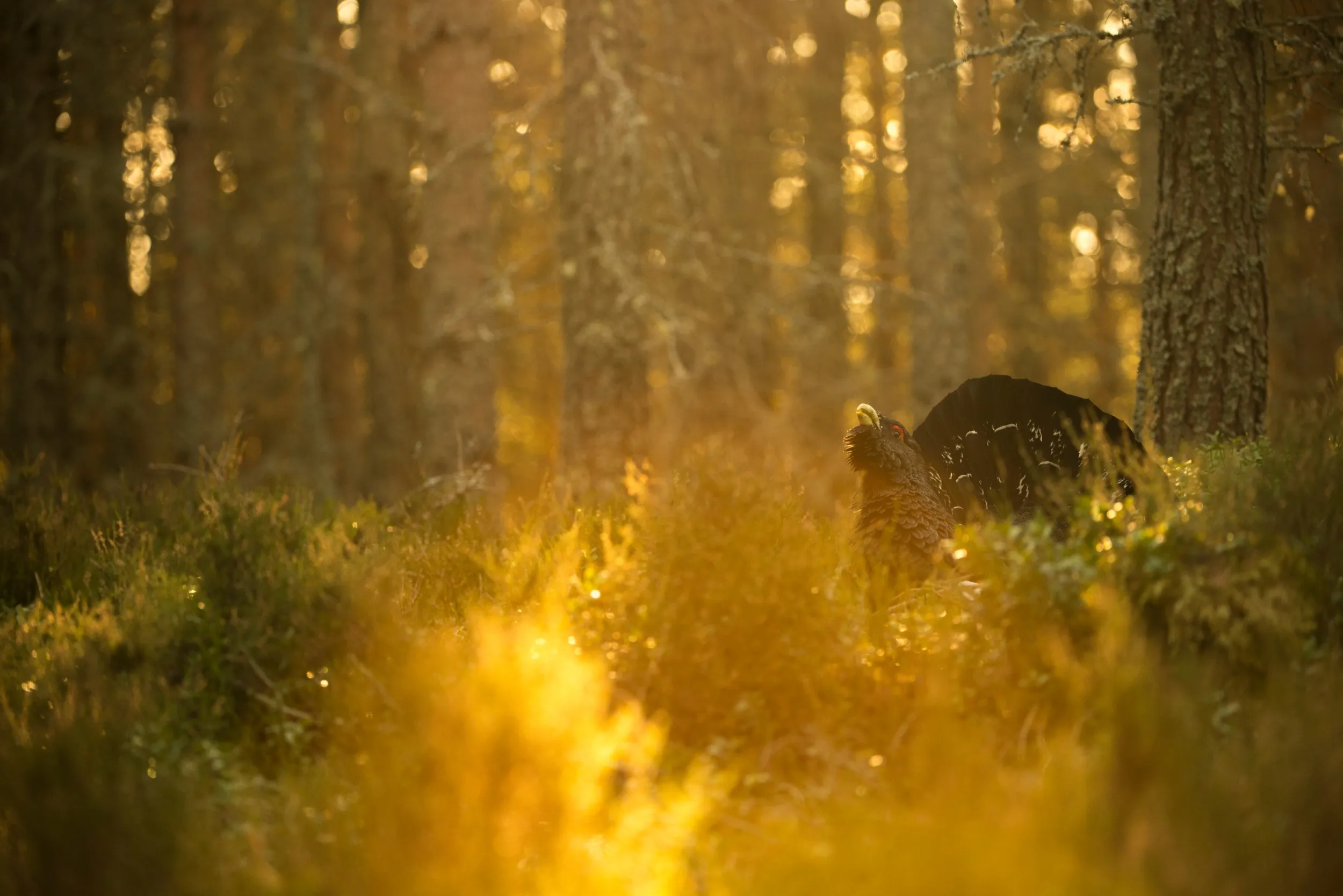
There’s also good news for Cranes, the UK’s tallest bird. Around 400 years ago, they completely disappeared as a breeding bird in the UK, before returning to establish a small breeding population in the Norfolk Broads in 1979. There was also an additional reintroduction programme. Between 2022 and 2023, Crane numbers on RSPB reserves increased from 21 to 25 pairs, the highest total on RSPB land. The number of pairs at the Nene Washes in Cambridgeshire increased from three to five, and at West Sedgemoor in the Somerset Levels from 10 to 12 pairs. There was also the first confirmed nesting at mid-Yare, in Norfolk.

Male Bitterns make a distinctive ‘boom’ to attract a mate, which can be heard an incredible three miles away. Although the numbers on RSPB reserves declined very slightly in 2023 compared to 2022, there was an increase in the numbers of booming Bitterns at Leighton Moss, Lancashire, from six to nine. This was the long-term result of our work to improve the main reedbed and create new areas of reedbed at nearby Silverdale Moss and Barrow Scout.

One of Scotland’s most iconic species, the Golden Eagle, bred successfully on Hoy in the Orkney Islands for the first time in more than 40 years in 2023 – so we’ve got our fingers crossed for this year too.
.jpg)
Finally, have you heard of the Little Crake? A single singing male spent 11 days at Ouse Fen, Cambridgeshire in June last year. Little Crakes are small grey and brown wetland birds. They are throught to have bred in Britain in Victorian times, but since then have only been a rare vagrant.
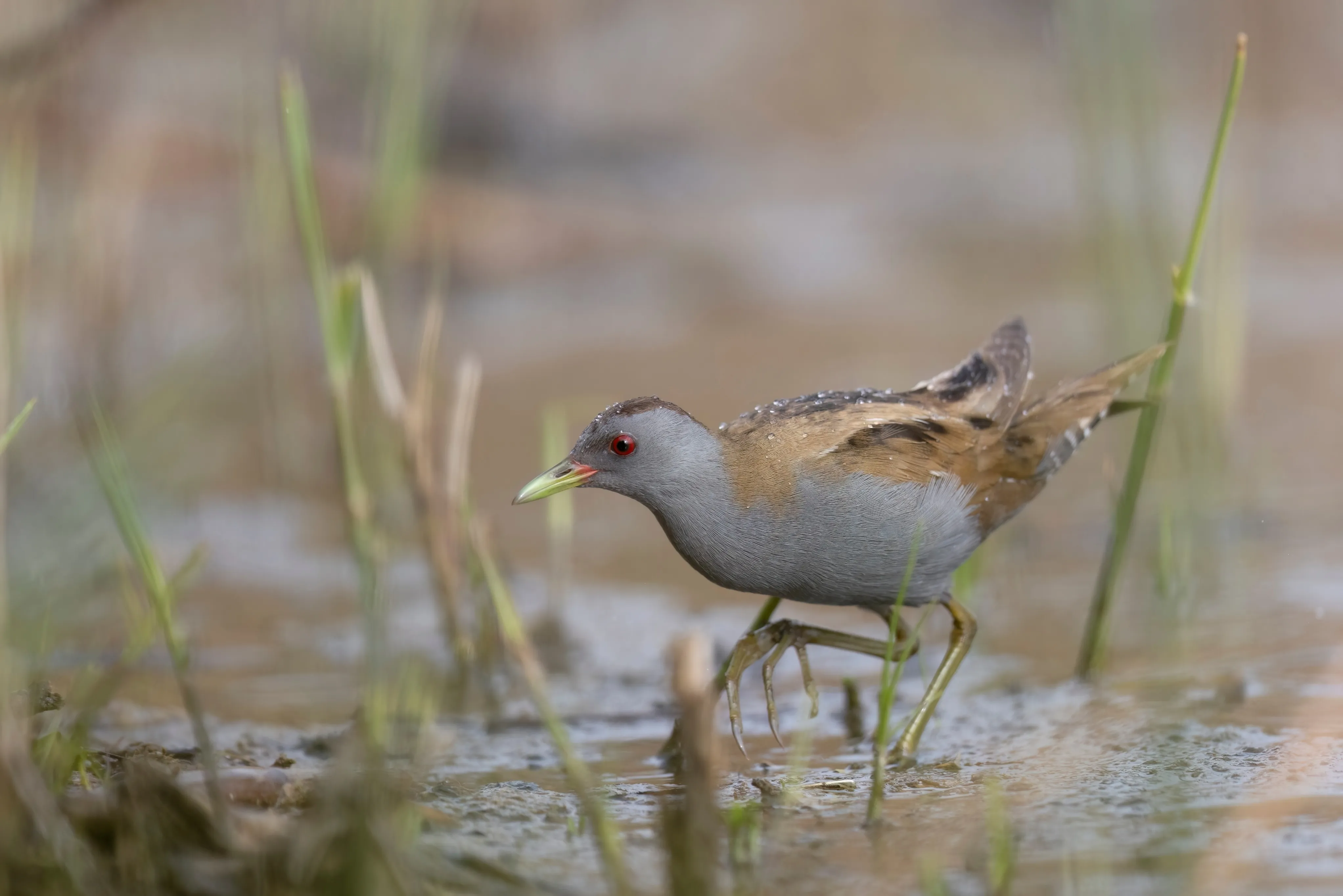
Despite some overall serious declines in Turtle Dove numbers, things were looking slightly better on RSPB reserves a few years ago, where they increased from 17 to 23 pairs between 2017 and 2022. However, they declined to a new low of just 12 pairs in 2023. This included five at Snettisham in Norfolk, three at Fen Drayton Lakes in Cambridgeshire, and one at each of North Warren in Suffolk, Worth Marsh in Kent, and Boyton Marsh and Abbey Farm at Snape, both in Suffolk.
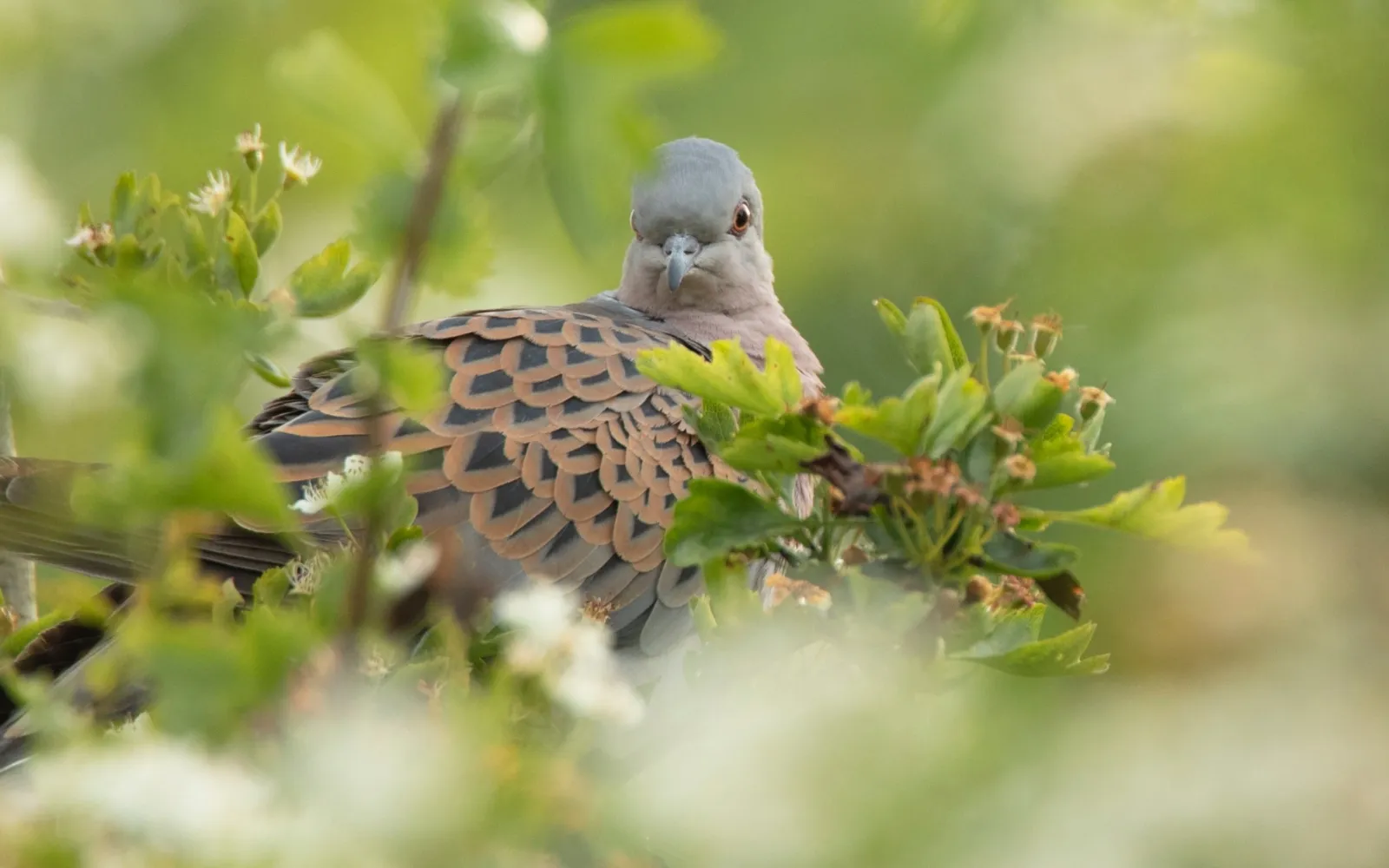
Many recent declines of seabirds have been down to the devastating effects of avian flu. Between 2022 and 2023 numbers of Roseate Tern numbers on RSPB reserves decreased by 29%, Sandwich Terns by 28%, and Common Terns by 35%. Great Skuas were also heavily affected, and declined by 39% on RSPB reserves surveyed in both 2022 and 2023.
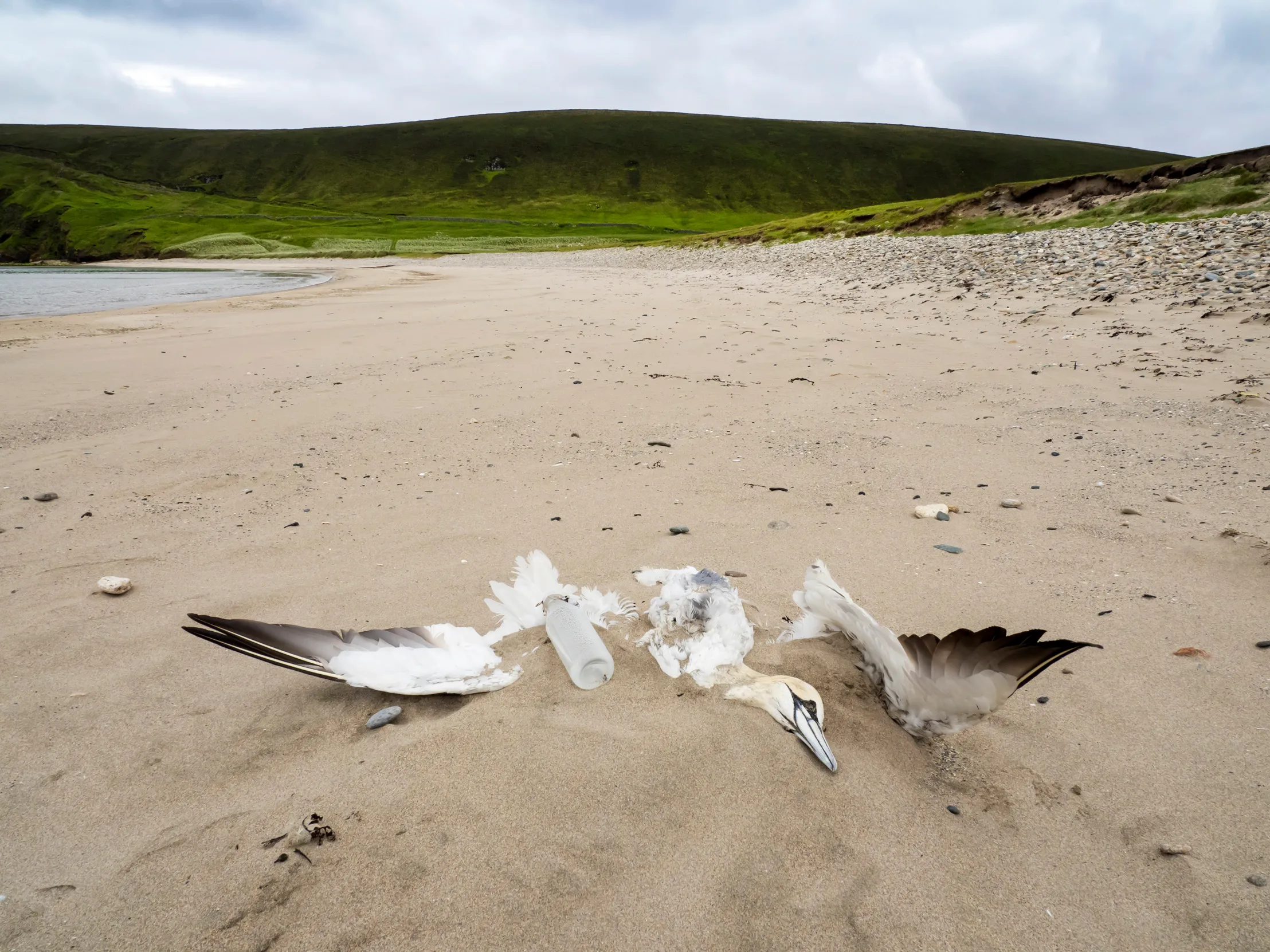
The RSPB manages 222 nature reserves across the UK, which contain woodland, heathland, moorland, wetlands and other coastal habitats. Some are wild and remote, and some are just a step away from a city. Each year, we conduct extensive surveys to find out how the wildlife is faring. Discover the one closest to you.